Japan’s New Year celebrations, known as Shōgatsu, offer a captivating glimpse into the nation’s rich cultural heritage. From the ceremonial ringing of temple bells to the savoring of traditional dishes, this annual event seamlessly blends ancient traditions with modern flair. Explore the vibrant festivities that embody the Japanese values of renewal, respect, and collective optimism for the year ahead.
Key Points
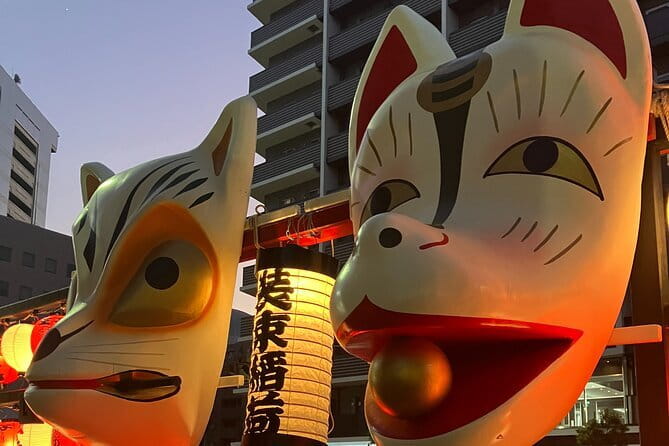
- Immerse in the ceremonial ringing of temple bells at midnight, signifying the start of the new year and renewal.
- Adorn homes with auspicious decorations like pine, bamboo, and plum branches to symbolize prosperity and longevity.
- Indulge in traditional Japanese New Year’s dishes like ozoni and toshikoshi soba, each with deeper cultural significance.
- Witness the arrival of Toshigami, the New Year’s deity, and receive blessings and gifts for the coming year.
- Participate in spiritual rituals like home cleansing and offering prayers to seek divine blessings for the new year.
Overview of the Japanese New Year Tradition
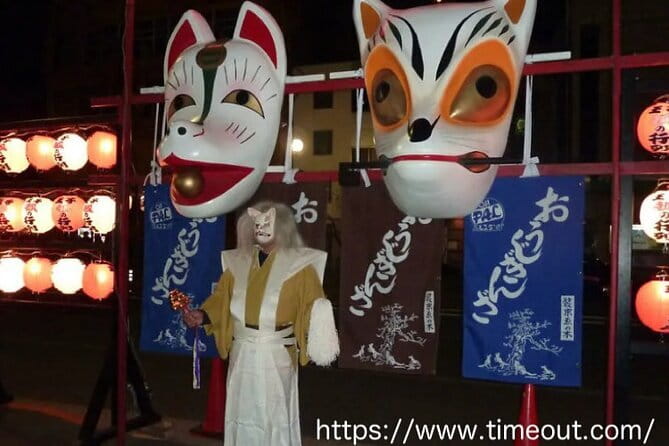
Although Japanese New Year traditions have their origins dating back centuries, they continue to be celebrated with great enthusiasm and significance in modern-day Japan.
The traditional celebrations, known as Shōgatsu, typically begin on December 31st and extend through January 3rd.
Rituals like the ringing of temple bells, eating special New Year’s foods, and decorating the home with auspicious symbols are all integral parts of this cherished cultural event.
Families gather to honor their ancestors, while the broader community comes together to welcome the new year with optimism and joy.
You can also read our reviews of more tours and experiences in Tokyo.
Significance of the New Year Celebrations in Japan

The New Year celebrations in Japan hold profound significance, deeply rooted in the country’s cultural heritage. Marking the transition to a new cycle, the festivities are imbued with symbolism and rituals that reflect core Japanese values – respect for tradition, reverence for nature, and a spirit of renewal.
From the traditional mochi-making to the ringing of temple bells, each custom embodies a deeper meaning, whether it’s the purification of the soul or the fostering of harmony. These celebrations transcend mere revelry, serving as a collective affirmation of Japan’s enduring cultural identity and its people’s aspirations for the year ahead.
Unique Customs and Rituals Observed During the Festivities
During the Japanese New Year celebrations, individuals partake in an array of unique customs and rituals that hold profound cultural significance.
From the ceremonial ringing of temple bells at midnight on New Year’s Eve to the traditional decoration of homes with pine, bamboo, and plum branches, these practices symbolize renewal, longevity, and prosperity.
Families gather to enjoy a feast of traditional dishes like ozoni (mochi soup) and toshikoshi soba (long noodles for longevity), while children eagerly await the arrival of Toshigami, the New Year’s deity, bearing gifts.
These time-honored traditions reflect the deep-rooted values and beliefs that define the Japanese New Year experience.
Exploring the Cultural Aspects of the Celebration
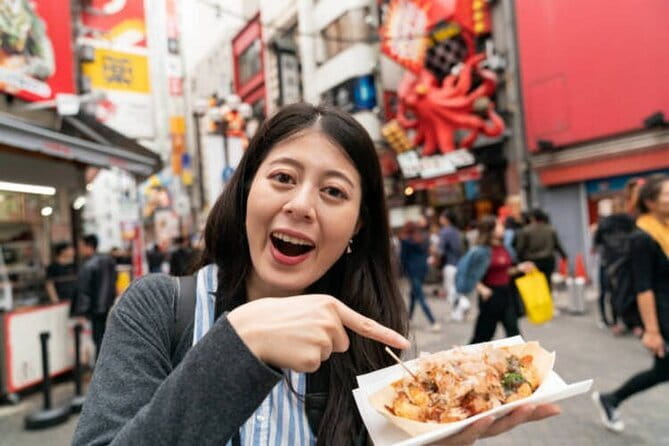
Beyond the ceremonial rituals, the Japanese New Year celebration is deeply rooted in cultural traditions that shape the collective experience. The festivities showcase:
-
Shared Moments: Families gather to share a traditional feast, exchange heartfelt wishes, and participate in time-honored activities like calligraphy and mochi-pounding.
-
Spiritual Observances: Visits to local shrines and temples serve as opportunities for reflection, prayer, and seeking blessings for the coming year.
-
Symbolic Representations: The display of decorations like the bamboo and pine trees symbolize longevity, prosperity, and resilience, embodying the essence of the New Year.
These cultural elements infuse the celebration with a sense of unity, reverence, and enduring significance.
Gastronomic Delights of the Japanese New Year
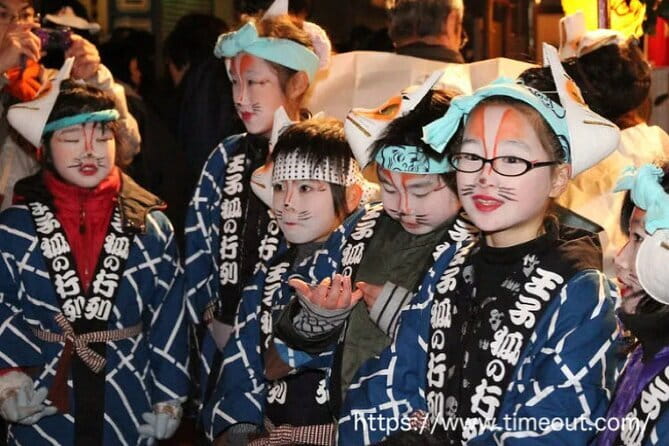
Amidst the cultural tapestry of the Japanese New Year celebration, the gastronomic delights take center stage, captivating the senses and honoring age-old traditions.
Revelers indulge in the free-flowing sake and beer, complemented by savory favorites like edamame, fried chicken, and french fries.
These dishes not only nourish the body but also symbolize prosperity, longevity, and good fortune – core tenets of the Oshogatsu festivities.
The inclusion of gratuities ensures a seamless experience, allowing attendees to fully enjoy the flavorful journey and the unique Japanese New Year traditions.
- Kanto 10-Hour Chartered Day Trip | Tokyo City
- Akihabara Culinary and Culture Adventure: Your Personalized
- Tokyo DisneySea: 1-Day Ticket & Private Transfer
- 1 Day Tokyo Private Charter Sightseeing Tour With Guide
- From Tokyo: Private Day Trip to Nikko
- From Tokyo: Mt. Fuji And Hakone Private Sightseeing Day Trip
Taking in the Festive Ambiance and Atmosphere
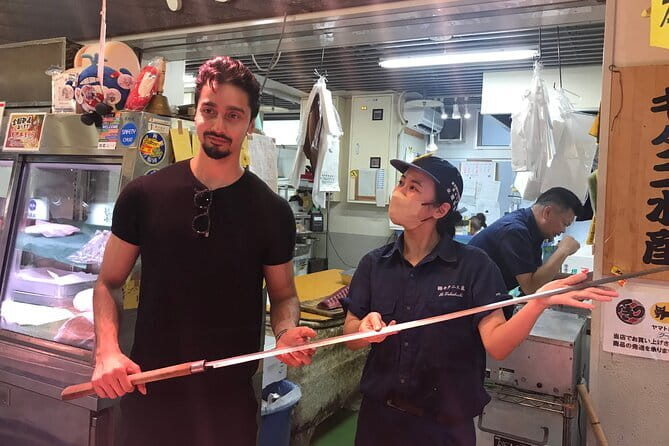
As visitors step into the festive venue, they’re immediately enveloped by the lively ambiance that permeates the air.
The space comes alive with the rhythmic beats of traditional Japanese music, the chatter of enthusiastic guests, and the enticing aromas of authentic Japanese delicacies.
Guests can enjoy the celebration by:
- Participating in interactive demonstrations, where they can learn the intricate art of origami or the delicate techniques of calligraphy.
- Exploring vibrant stalls showcasing a diverse array of handcrafted products, from intricate kimonos to delicate porcelain figurines.
- Indulging in a generous flow of sake and savoring the flavors of Japan’s beloved comfort foods, creating a truly immersive cultural experience.
Experiencing the Spiritual and Symbolic Elements
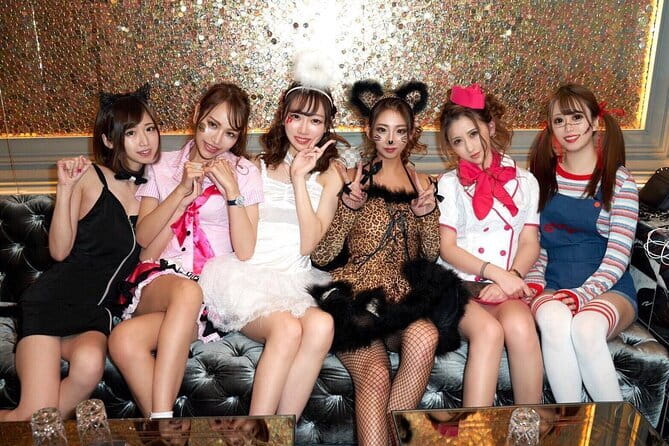
Alongside the vibrant festivities, the Japanese New Year celebration also encompasses profound spiritual and symbolic elements that are deeply rooted in the country’s cultural heritage.
Traditions like the ringing of the temple bells at midnight, the cleansing of the home, and the offering of prayers and sacrifices to the deities are integral to the occasion.
These rituals symbolize the renewal of life, the purification of the soul, and the seeking of divine blessings for the coming year.
Through these spiritual practices, participants connect with their ancestral roots and cultivate a sense of harmony and reverence.
Lessons and Takeaways From the Unique Tradition
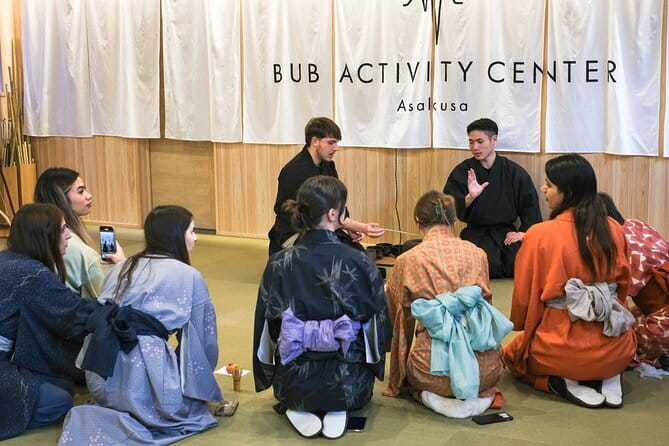
Partaking in Japan’s unique New Year festivities offers valuable lessons and insights that transcend the cultural boundaries.
The festival highlights the importance of:
-
Embracing tradition: The deeply rooted customs and rituals remind us of the richness and continuity of cultural heritage, inspiring a sense of appreciation for the past.
-
Cultivating community: The shared experience of celebration fosters unity, encouraging participants to connect with one another and fostering a stronger sense of belonging.
-
Mindfulness and gratitude: The solemn moments of reflection and appreciation for the new year ahead underscore the significance of being present and thankful.
These lessons can be applied to enrich our lives, regardless of cultural backgrounds.
Frequently Asked Questions
What Is the Dress Code for the Event?
There is no specific dress code mentioned for the event. However, guests are generally expected to dress comfortably and respectfully as they’ll be immersed in Japanese cultural traditions and activities throughout the day.
Are Pet-Friendly Options Available for the Celebration?
Unfortunately, the event details do not mention any pet-friendly options. The event appears to be focused on celebrating traditional Japanese New Year festivities, which typically do not accommodate bringing pets. Attendees should plan accordingly.
Can Participants Bring Their Own Food and Drinks?
Participants can’t bring their own food and drinks to the event. The package includes free-flowing alcoholic beverages for adults and soft drinks, as well as snacks like edamame, fried chicken, and french fries. Outside items are not permitted.
Is There an Age Limit for Attending the Event?
There’s no age limit for the event, but only adults can enjoy the free-flowing alcoholic beverages. Underage customers will be provided with soft drinks instead.
Is There Secure Parking Available Near the Venue?
Unfortunately, there is no information provided about secure parking availability near the venue. The event details focus on meeting and pickup logistics, but do not mention any parking options for attendees.
The Sum Up
The Japanese New Year celebration is a captivating blend of tradition and modernity, reflecting the nation’s deep-rooted cultural values. From the symbolic ringing of temple bells to the sharing of auspicious dishes, the festivities embody renewal, respect for ancestors, and collective hope for the year ahead. Immersing oneself in this unique tradition offers a profound glimpse into the heart of Japanese culture and its enduring spirit of celebration.
More Tour Reviews in Tokyo
- Tokyo: Shinobi Samurai Premium EXP for Solo Travelers, 90min
- Mt Fuji Private Tour With English Speaking Driver
- Nerikiri Wagashi-Making With Tea Ceremony Review
- Tokyo 3-Hour Guided E-bike Cycling Tour of the Citys Hidden Gems
- Official Street Go-Kart Tour – Shinagawa Shop
- 【Open 1st Anniv.】Popular Sushi Making Class Near Tokyo Tower
Not for you? Here's more things to do in Tokyo we have recnetly reviewed
- 2 Best Craft Beer Tours And Tastings In Tokyo
- 20 Best 2 Day Tours In Tokyo
- 7 Best 3 Day Tours In Tokyo
- 6 Best 4 Day Tours In Tokyo
- 25 Best Cruises And Boat Tours In Tokyo
- 25 Best Food Tours In Tokyo
- 20 Best Full-Day Tours In Tokyo
- 15 Best Helicopter Flights And Tours In Tokyo
- 2 Best BBQ Experiences In Tokyo
- 5 Best Coffee Tours And Tastings In Tokyo
- 25 Best Lunch Experiences In Tokyo
- 12 Best Massage And Relaxation Services In Tokyo
